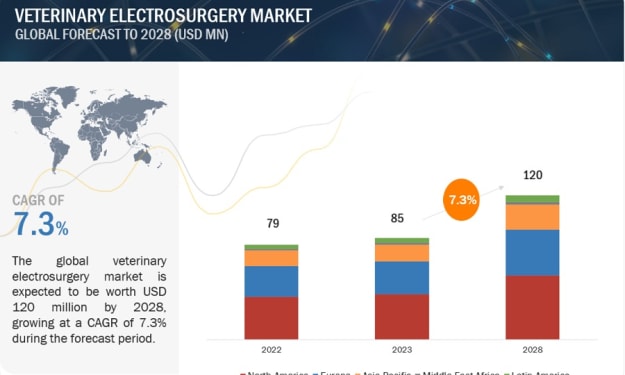Artificial Intelligence (AI) Regulation and Innovation
The Rise of AI and Its Impact

Artificial Intelligence (AI) has rapidly become a cornerstone of modern technology, transforming industries and redefining the future of innovation. However, as AI's capabilities expand, so does the need for robust regulation to ensure ethical use, protect privacy, and prevent misuse. This delicate balance between fostering innovation and implementing regulation is crucial for sustainable progress in AI.
The Rise of AI and Its Impact
AI technologies have permeated various sectors, from healthcare and finance to transportation and entertainment. Machine learning algorithms are now capable of diagnosing diseases, predicting market trends, and even driving cars. This widespread adoption underscores AI's potential to enhance productivity, improve decision-making, and create new economic opportunities.
However, with great power comes great responsibility. The rapid development and deployment of AI raise significant ethical and legal concerns. Issues such as bias in AI algorithms, data privacy breaches, and the potential for job displacement due to automation are at the forefront of the debate. These challenges highlight the necessity for comprehensive AI regulation.
The Need for AI Regulation
Ethical Considerations: AI systems must be designed and deployed ethically to prevent discrimination and bias. There have been numerous instances where AI algorithms have perpetuated existing biases, leading to unfair treatment in areas such as hiring, lending, and law enforcement. Regulatory frameworks are essential to ensure that AI systems are transparent, accountable, and fair.
Data Privacy: AI systems rely heavily on vast amounts of data to function effectively. This dependency raises significant concerns about data privacy and security. Regulations such as the General Data Protection Regulation (GDPR) in Europe set stringent guidelines for data collection, storage, and usage, ensuring that individuals' privacy is protected.
Preventing Misuse: The potential misuse of AI, from deepfake technology to autonomous weapons, poses a significant threat. Robust regulatory measures are needed to prevent such misuse and ensure that AI is used for the benefit of society.
Job Displacement: While AI has the potential to create new job opportunities, it also poses a risk of significant job displacement. Regulations can help manage this transition by promoting workforce reskilling and ensuring that the benefits of AI are broadly shared.
Innovation in AI: Balancing Regulation and Progress
While regulation is crucial, it is equally important to ensure that it does not stifle innovation. Striking the right balance between regulation and innovation is essential for the continued advancement of AI technologies.
Regulatory Sandboxes: One approach to balancing regulation and innovation is the use of regulatory sandboxes. These controlled environments allow companies to test and develop AI technologies under the supervision of regulators. This approach enables innovation while ensuring that new technologies meet safety and ethical standards.
Public-Private Partnerships: Collaboration between the public and private sectors can drive innovation while ensuring regulatory compliance. Governments can provide funding and support for AI research and development, while private companies can share their expertise and technological advancements.
Global Standards: Establishing global standards for AI can promote innovation by providing clear guidelines for companies operating in multiple jurisdictions. International organizations, such as the World Economic Forum and the United Nations, are working towards developing such standards to ensure the responsible development and use of AI.
Continuous Adaptation: AI technologies are evolving rapidly, and regulations must adapt accordingly. Policymakers need to stay informed about the latest developments in AI and be prepared to update regulations as needed. This flexibility will help ensure that regulations remain relevant and effective.
The Future of AI Regulation and Innovation
The future of AI regulation and innovation will be shaped by ongoing dialogue between stakeholders, including governments, industry leaders, academics, and civil society. This collaborative approach will help address the ethical, legal, and social implications of AI while promoting its benefits.
Ethical AI by Design: Future AI systems will increasingly be designed with ethical considerations in mind from the outset. This proactive approach will help mitigate risks and ensure that AI technologies are aligned with societal values.
Enhanced Transparency: Transparency in AI development and deployment will be critical. Companies will need to provide clear information about how their AI systems work, the data they use, and the measures they take to ensure fairness and accountability.
Education and Awareness: Educating the public about AI and its implications will be essential. Greater awareness and understanding of AI will help build trust and ensure that society can fully benefit from its advancements.
About the Creator
Enjoyed the story? Support the Creator.
Subscribe for free to receive all their stories in your feed. You could also pledge your support or give them a one-off tip, letting them know you appreciate their work.





Comments
There are no comments for this story
Be the first to respond and start the conversation.